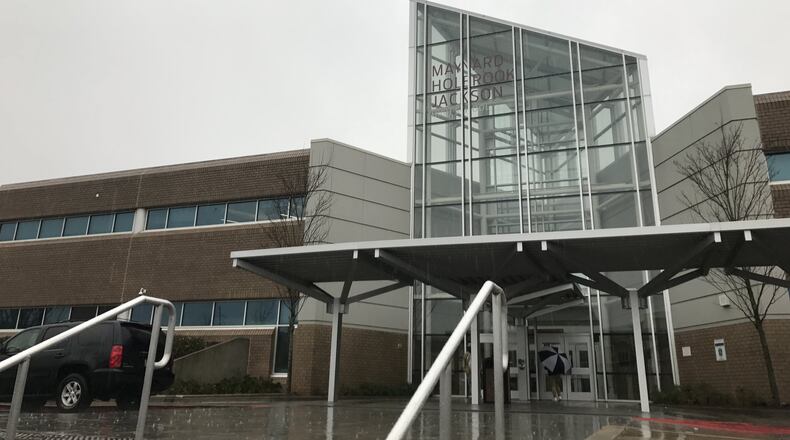Atlanta Public Schools will hold four community meetings about the future of its many buildings and vacant lots.
The school board in June agreed to pay a consultant $900,000 to help the district develop a facilities master plan and study demographic trends that have an impact on enrollment.
The resulting document will provide a “comprehensive analysis of the entire system,” said Superintendent Meria Carstarphen, at a recent news conference.
It will guide decisions about which properties to sell and what construction projects are needed.
The district will host a series of public meetings to share information and gather feedback on the plan, starting with a 6 p.m. meeting Wednesday at Mays High School.
One critical element of the work is a demographic study to forecast enrollment trends for the next five to 10 years. Atlanta’s population has grown at an average yearly rate of 1.7% since 2010, but the school-age population has increased by less than 1% a year, according to APS.
The school system has seen enrollment increases in certain parts of the district — including the neighborhoods where students attend Grady, Maynard Jackson and North Atlanta high schools. Enrollment in other areas has dropped, including in neighborhoods where students attend Carver and Mays high schools.
“Given some of the projections out there with respect to growth in the city and density one would think that those numbers could potentially change and change significantly,” said Larry Hoskins, the district’s chief operating officer. “The analysis hasn’t been done on just how much growth or decline will be experienced by the individual clusters.”
He said APS wants to understand where the growth is happening to help make decisions about which properties it should hold onto and which it may no longer need. The information could also help the district figure out where it might need to consider purchasing property.
The planning work will include discussion of what the ideal size for schools should be. Experts also will look at each of the district's properties — about 140 — which include schools, vacant buildings and land.
“We want to be extremely strategic about different properties. Do we hold onto properties? Do we perhaps make those properties available for some other use? Do we sell them?” Hoskins said.
Over the next year, the district will figure out the best options for schools and make property recommendations. It expects to begin implementing the facilities plan in 2021.
The district’s last facilities plan was completed in 2012.
Atlanta Public Schools meetings
The school district will hold four meetings to gather input about its facilities master plan. All meetings begin at 6 p.m.
Oct. 2
Mays High School
3450 Benjamin E. Mays Drive, SW
Oct. 16
Sutton Middle School
2875 Northside Dr. NW
Oct. 17
King Middle School
545 Hill St. SE
Oct. 23
South Atlanta High School
800 Hutchens Rd. SE
Atlanta Public Schools enrollment change by cluster
Cluster*20122019Percent change
Jackson 5895 6992 19%
Grady 6293 7365 17%
North Atlanta 7636 8723 14%
South Atlanta 4098 4477 9%
Douglass 6826 7060 3%
Washington 4628 4644 0.3%
Therrell 3912 3791 -3%
Mays 4461 3955 -11%
Carver 5149 3994 -22%
Total 48898 51001 4%
*Clusters are groups of schools whose students go on to a particular high school.
Source: APS
About the Author
The Latest
Featured



